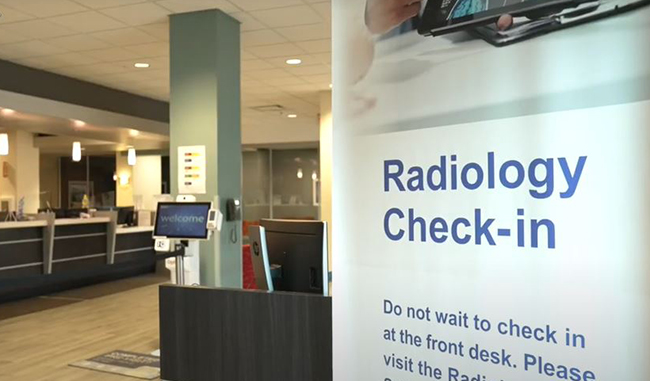
All About Anterior Total Hip Replacement Surgery
Most patients would agree that the saying “bigger is better” does not apply to their surgical incision. The term, “minimally invasive surgery”, has become commonplace in our parlance due to the marketing from physicians and the industry alike. The size of the surgical incision, while it may be aesthetically important to the patient, is not what determines how “invasive” an operation truly is. What is important, however, is the degree of muscle injury that takes place.
The most common approach to performing a hip replacement is through the side or back of the hip. During this operation, it is necessary to split the large gluteus muscle of the buttock and detach a number of smaller muscles that stabilize the hip. While this procedure has been performed for half a century very successfully, the degree of muscle detachment has a number of disadvantages. These include:
- Need for postoperative restrictions on leg position and certain motions
- Buttock pain
- A higher likelihood of developing a limp
- Higher chance of hip dislocation after surgery
In the anterior approach, the large muscles around the hip are moved to the side and the operation is performed between them. In addition, fewer muscles and tendons need to be released, resulting in less injury and less postoperative pain.
I perform the anterior approach for a number of reasons. For one, this approach allows me to use x-ray during the operation. This technology ensures that the components of the hip replacement are put in anatomically in a more consistent fashion. Component positioning is important not just to the stability of the hip, but the longevity as well. X-ray is also useful in determining the degree of leg lengthening that occurs during the operation, reducing the chance for errors that may lead to a less than satisfactory outcome for the patient.
The second reason I use this approach is that I believe a patient’s recovery is directly linked to how much damage is done to the tissues surrounding the bones in an orthopedic operation. Just as a fall may cause a painful bruise or even a limp, injury to the deep tissues of the leg during a hip replacement cause deep bruising and soreness which may slow a patient’s initial recovery.
There is a significant learning curve to this operation, and for this reason I spent an additional year of training focusing mostly on this approach. I took this extra time in my training because I believe in the benefits it affords my patients. These benefits include:
- No restrictive hip precautions after surgery
- Less postoperative pain and swelling
- Earlier return of function and quicker achievement of milestones such as unassisted walking and stair climbing
- Lower chance of developing a limp
- Lower chance for a hip dislocation after surgery
While most patients are eligible for the procedure, each patient is unique and is evaluated thoroughly in the office to access their specific goals, needs and challenges, prior to making a decision on which approach is best.
For more information about anterior hip replacements or to schedule an appointment with Dr. Hawkins, please call 845.703.6999.

 Optum Radiology at Crystal Run Healthcare
Optum Radiology at Crystal Run Healthcare Request medical records online
Request medical records online